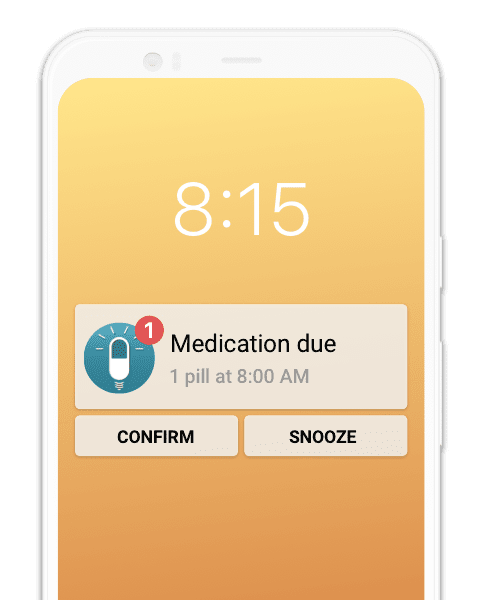Recognized by its iconic pink ribbon, the Pink October campaign is an opportunity to raise awareness of breast cancer screening and to raise funds to support research. On this occasion, we explain 10 of the most common myths about the disease.
1. Breast cancer affects older women
While it is true that the risk of breast cancer increases with age, breast cancer can occur at any age. In 2017, about 4% of invasive breast cancers were diagnosed in women under the age of 40, while about 23% were diagnosed in women in their 50s and 27% in women aged 60-69 according to the American Cancer Society.
2. Breast cancer only affects women
Breast cancer is rather rare in men, but it does exist. People often think that men cannot get breast cancer because they do not have breasts - but they do have breast tissue. Male breast cancer accounts for less than 1% of all breast cancers diagnosed in the US. You can read more about breast cancer in men at Cancer.org.
3. If you have a risk factor for breast cancer, you are at risk for the disease
It is not certain that you will get breast cancer, even if you have one of the most important risk factors. Of women with an inherited BRCA1 or BRCA2 genetic abnormality, 40-80% will develop breast cancer in their lifetime. All other risk factors are associated with a much lower probability of being diagnosed with breast cancer.
4. If breast cancer does not run in your family, you will not get it
Every woman has some risk of breast cancer. About 80% of women who get breast cancer have no known family history of the disease. Increasing age is the main risk factor for breast cancer. For women with a family history of breast cancer, the risk may be slightly, strongly or not at all elevated.
5. Breast cancer always causes a lump that you can feel
Breast cancer may not cause a lump, especially in the early stages. When it does, the cancer may have already spread beyond the breast to the lymph nodes. Self-examination does not replace regular mammography screening. Also, any unusual lump or mass that can be felt through the skin should be examined by a health professional.
6. Annual mammograms ensure early detection of breast cancer
Although mammography is the best early detection tool we have, it does not always detect breast cancer at an early stage. It is also not infallible. It can give a false-negative result. It is estimated that mammograms miss about 20% of breast cancers at the time of screening. False-negative results tend to be more common in women with dense breast tissue, i.e. more glandular and connective tissue than fatty tissue. Find out more about mammograms on the National Cancer Institute website.
7. If you maintain a healthy weight, exercise regularly, eat a healthy diet, and limit your alcohol intake, you don't have to worry about breast cancer
Although these behaviours can help reduce the risk of breast cancer, they cannot eliminate it. It is certainly worth managing the risk factors you can control, such as what you eat and drink and your level of physical activity. But it's still important to get regular screenings, do breast self-examination and pay attention to any unusual changes in your breasts.
8. Wearing a bra can cause breast cancer
The theory was that wearing a bra - particularly an underwired model - could restrict the flow of lymphatic fluid out of the breast, causing toxic substances to build up in the tissue. However, a 2014 study of about 1,500 women with breast cancer found no link between bra-wearing and breast cancer.
9. The contraceptive pill causes breast cancer
The contraceptive pill slightly increases the risk of breast cancer. The additional relative risk is about 20% for current pill users. However, as the pill is generally used by young women with a very low risk of breast cancer, it represents a very low risk. The risk associated with the pill decreases when you stop taking it, and returns to normal after 5 years or more.
10. Deodorant use causes breast cancer
Persistent rumours say that underarm antiperspirants are absorbed by the lymph nodes and end up in the cells of the breast, increasing the risk of cancer. However, there is no actual evidence of a link between the use of antiperspirants and breast cancer. Nevertheless, a study published on EBioMedicine Institute has found that women who use aluminum-based products under their arms are more likely to have higher concentrations of aluminum in their breast tissue.



